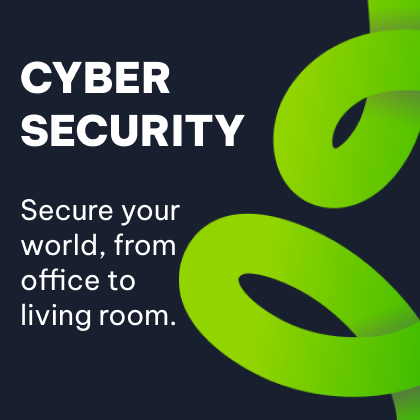Regardless of the individual technologies, cloud strategies, or data-driven insights that have become key for today’s organisational success, a well-architected framework is the foundation on which any IT environment must be built. Consisting of five pillars, this entails looking at a company’s business processes to gain an understanding of how it works and consumes technology. Only then can an IT strategy be developed to harness the growth potential of a market.
A company cannot ensure the effectiveness of the cloud or on-premises systems critical for the modern business environment without these pillars in place – operational excellence; security; reliability; performance efficiency; and cost optimisation. Business and technology leaders must consider the pillars as a golden thread that unlocks all the components of their IT real estate.
Building the foundation for IT excellence
- The operational excellence pillar entails how a business runs, manages, and monitors workloads in the cloud. It is about continually adapting and being flexible to what circumstances require. In a traditional environment, this could translate to adding more memory modules and hard drives to an on-premise server. But in the cloud, this means being able to scale by adding more resources.
- Secondly, there is security. This encompasses Identity Access Management on all the platforms the company and its people work on. Most employees consume technology but do not know what the security aspects are behind them. For instance, they might be operating out of Microsoft Teams without even knowing that it has Active Directory in the background.
- The next pillar is reliability which also includes resilience. For instance, all the cloud servers might fall within the borders of South Africa to conform to the regulatory environment here. Think of it in the same way that a service level agreement would be in place for laptops. If a company laptop breaks, it will be replaced by a new one the next day. The same applies to the cloud, but with a level of resilience and reliability that extends beyond just having data duplicated.
- Following from here is the performance efficiency pillar. Essentially, does the environment perform as it should? For example, each employee might want a laptop with the best specifications. But will they use the machine optimally? In this pillar, attention is on how equipment should look based on job requirements, or the resources needed to achieve business goals. It also translates to the cloud, where a company only uses the resources that it needs.
- Finally, it all comes down to costs. People over calculate costs drastically. The lift and shift model has contributed to this and results in companies not running optimally. But once they apply performance efficiencies, they can manage the cost of the environment more effectively by trimming it down and planning properly. For instance, does the business need an Opex or Capex model? In the case of the cloud, should it buy forward for a year or stick with a month-to-month agreement?
Understanding their importance
Even though these pillars might sound logical, it is surprising how many companies pay them little attention. And while they are technical, a business must adhere to this well-architected framework to understand how it uses technology.
It begins with a view of how it uses technology and processes daily. Once done, the technology underpinning the business can be examined as well as how these impacts data and systems. The framework also provides insights into whether the technology architecture is designed correctly and whether data flows logically and securely.
This security layer must be cognisant of both the user perspective (think multi-factor authentication and usernames and passwords) and the system perspective (for instance, firewalls, backups, and other security systems). Finally, tying all this together is the governance aspect and whether the organisation complies and conforms to the policies governing its specific industry sector.
Of course, this framework is not a once-off process. It is something that must be repeated continually to ensure the business remains relevant for the market requirements it seeks to meet.















